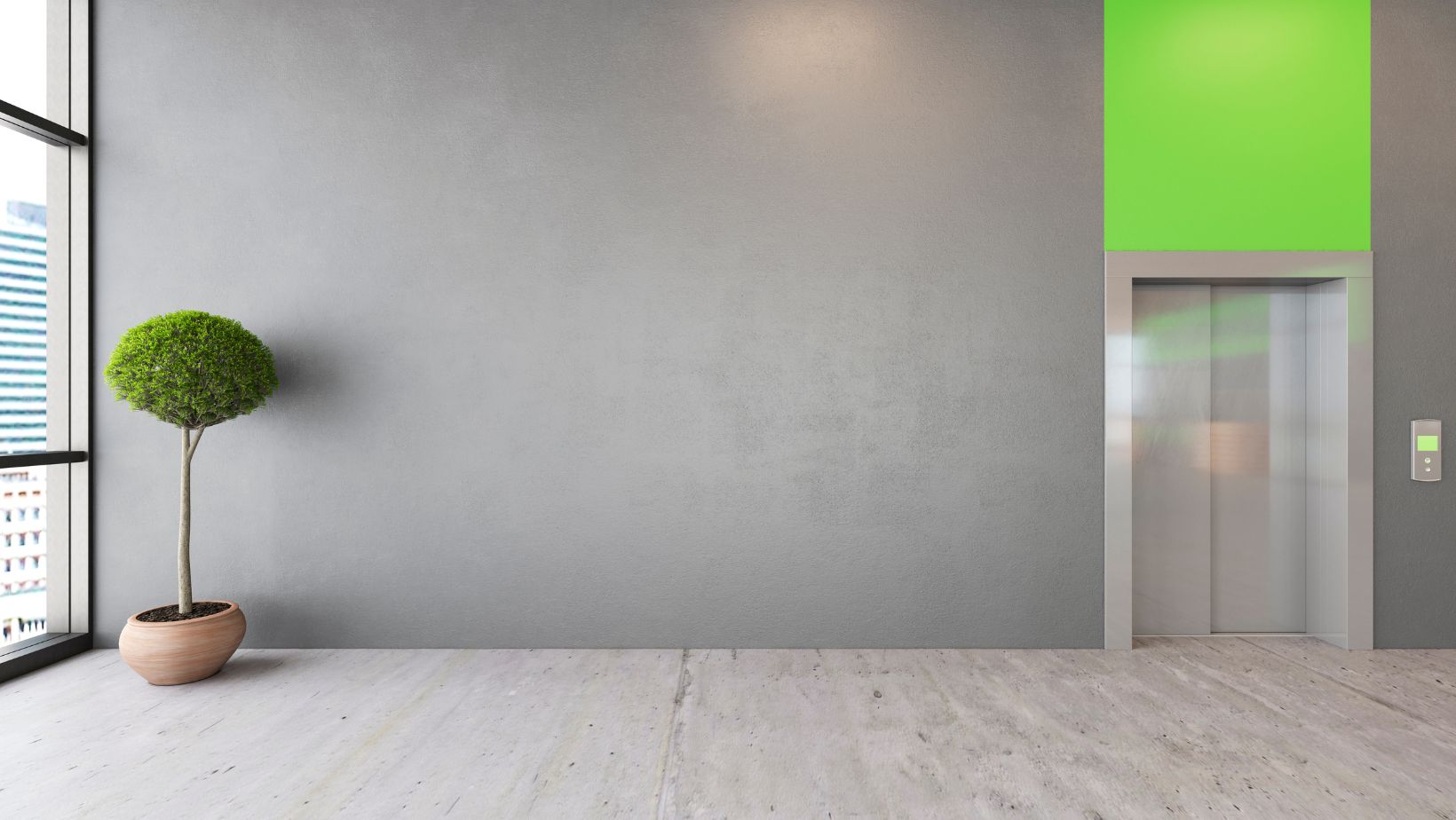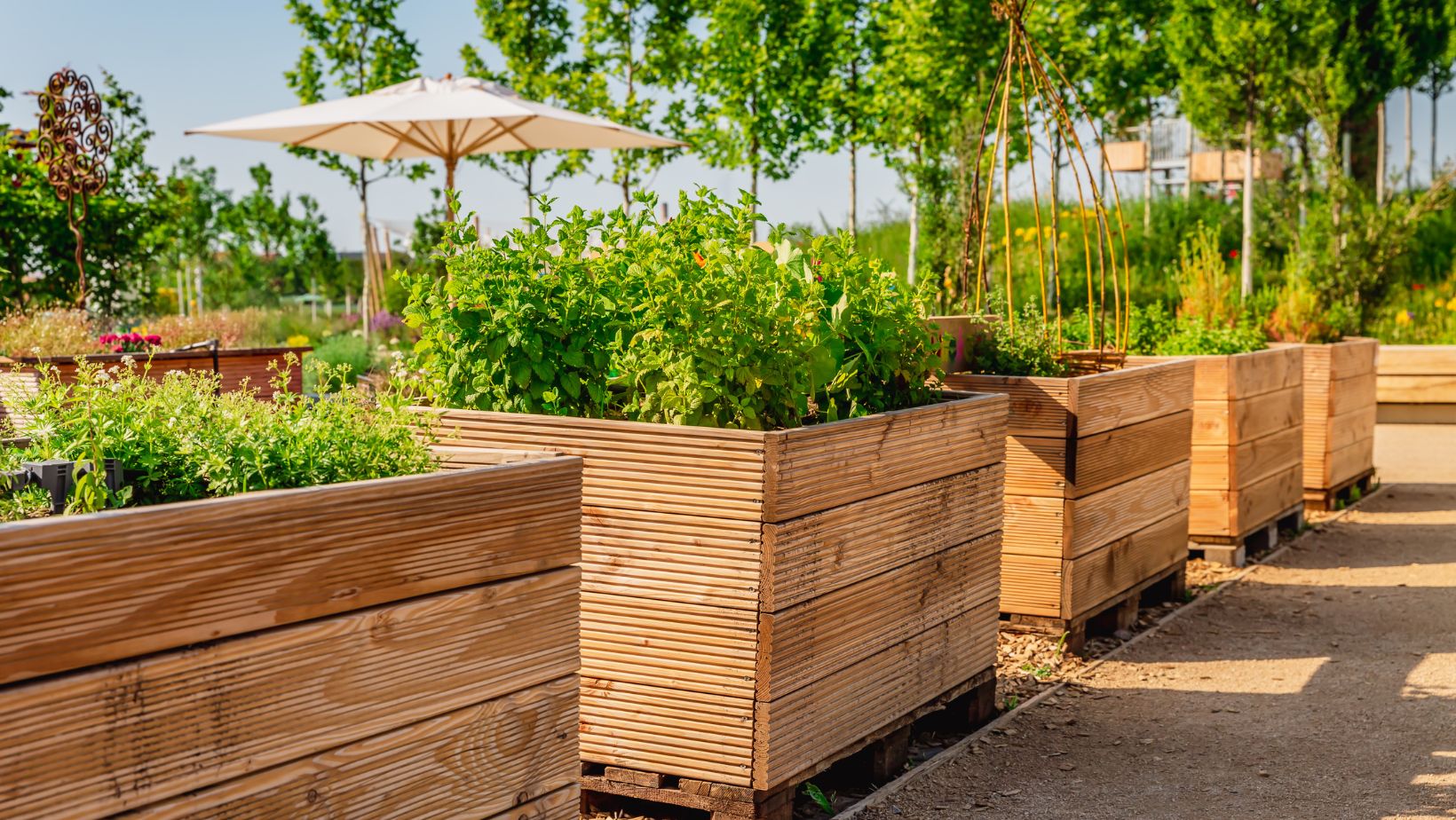
Urban green spaces transform concrete jungles into vibrant oases where nature and city life harmoniously coexist. These pockets of greenery include parks public gardens and even small patches of grass between buildings that breathe life into metropolitan areas. They’re not just pretty additions to cityscape – they’re essential components of modern urban planning.
In today’s rapidly expanding cities these green havens play multiple roles. From providing refuge for local wildlife to offering residents a peaceful escape from bustling city life urban green spaces serve as the lungs of our cities. They’ve become increasingly important as urban populations grow and cities expand making the need for well-defined and properly managed green areas more crucial than ever.
Urban Green Spaces Definition
Urban green spaces are vegetated areas within city environments that provide ecological functions environmental benefits. These spaces integrate natural elements into the built environment creating a bridge between urban development and nature.
Key Characteristics and Features
 Urban green spaces encompass specific physical features that define their functionality in city environments. The primary characteristics include diverse vegetation layers from ground cover to tree canopy systems. These areas maintain permeable surfaces that support natural water filtration drainage processes. Environmental elements such as native plant species wildlife corridors water features form integral components of these spaces. Green spaces incorporate infrastructure elements like pathways seating areas lighting systems to enhance accessibility usability.
Urban green spaces encompass specific physical features that define their functionality in city environments. The primary characteristics include diverse vegetation layers from ground cover to tree canopy systems. These areas maintain permeable surfaces that support natural water filtration drainage processes. Environmental elements such as native plant species wildlife corridors water features form integral components of these spaces. Green spaces incorporate infrastructure elements like pathways seating areas lighting systems to enhance accessibility usability.
Types of Urban Green Spaces
Common categories of urban green spaces serve different community needs functions:
- Public Parks: Large landscaped areas with recreational facilities playgrounds sports fields
- Community Gardens: Shared plots where residents grow food flowers herbs
- Urban Forests: Dense tree coverage areas providing habitat connectivity shade
- Green Corridors: Linear spaces along streets railways waterways connecting different green areas
- Pocket Parks: Small-scale neighborhood spaces transformed into mini gardens sitting areas
- Institutional Grounds: Green spaces surrounding schools hospitals government buildings
- Green Roofs: Vegetated covering systems installed on building tops
- Rain Gardens: Specially designed areas that collect filter stormwater runoff
Each type contributes unique environmental social benefits to the urban landscape while serving specific community purposes.
Functions and Benefits of Urban Green Spaces
Urban green spaces serve multiple essential functions in modern cities. These multifunctional areas deliver measurable environmental improvements while fostering social connections within communities.
Environmental Benefits
Urban green spaces act as natural air purifiers by removing pollutants from the atmosphere. Trees in city parks absorb 7-24% of airborne particles including carbon dioxide nitrogen oxides particulate matter. The vegetation creates cooling effects reducing urban temperatures by 2-8°C through shade evapotranspiration. Green spaces support biodiversity by providing habitats for local flora fauna including 15-45 bird species 100+ insect species per hectare. The permeable surfaces in these areas manage stormwater runoff absorbing 65% of rainfall reducing flood risks enhancing groundwater recharge.
| Environmental Impact | Measurable Benefit |
|---|---|
| Temperature Reduction | 2-8°C cooling |
| Air Pollution Removal | 7-24% reduction |
| Stormwater Absorption | 65% rainfall capture |
| Bird Species Support | 15-45 species/area |
Social and Community Benefits
Urban green spaces enhance community wellbeing through accessible recreation opportunities. Parks playgrounds create spaces for physical activity increasing exercise rates by 25% among nearby residents. These areas strengthen social bonds through community gardens festivals outdoor events bringing together 60% more neighborhood interactions than areas without green spaces. Studies show properties near urban parks experience 8-20% higher values reflecting their positive impact on local economies. Access to green spaces reduces stress levels by 30% improves mental health outcomes increases cognitive function in children by 15%.
| Social Impact | Measured Effect |
|---|---|
| Exercise Rates | 25% increase |
| Social Interactions | 60% more frequent |
| Property Values | 8-20% higher |
| Stress Reduction | 30% decrease |
Planning and Design Elements
Effective urban green space design integrates multiple elements to create functional natural areas within city environments. The planning process considers accessibility requirements sustainability features to maximize environmental social benefits.
Accessibility Requirements
Urban green spaces incorporate universal design principles to ensure equal access for all community members. Entry points feature gradual slopes with maximum grades of 1:20 for wheelchair accessibility ramps. Pathways maintain minimum widths of 5 feet to accommodate mobility devices wheelchairs strollers. Clear wayfinding systems include tactile maps braille signage high contrast directional markers placed at 100-foot intervals. Designated parking areas provide ADA-compliant spaces within 250 feet of main entrances with connecting accessible routes. Rest areas benches water fountains appear at 400-foot intervals along primary paths.
Sustainability Considerations
Sustainable design practices maximize environmental benefits through strategic resource management. Native plant species comprise 75% of vegetation reducing water consumption by 60% compared to non-native landscaping. Permeable surfaces cover 40% of walkways allowing natural groundwater recharge. Solar-powered lighting systems reduce energy usage by 85% while maintaining safety standards. Rainwater harvesting systems capture 80% of precipitation for irrigation reducing potable water demand. Composting stations process 90% of organic waste generated onsite creating nutrient-rich soil amendments. Wildlife corridors spanning 50-100 feet wide connect fragmented habitats supporting urban biodiversity.
Challenges in Urban Green Space Development
The development of urban green spaces faces several significant obstacles that impact their implementation and sustainability. Cities encounter complex challenges in creating and maintaining these vital environmental assets within their urban fabric.
Space Constraints
Limited available land in densely populated urban areas creates intense competition for space allocation. Cities face a 40% deficit in suitable locations for new green spaces due to existing infrastructure development. High property values in urban cores drive development toward commercial uses, with green space acquisition costs averaging $2.5 million per acre in major metropolitan areas. Dense building patterns restrict sunlight access, creating unfavorable conditions for plant growth in 35% of potential green space locations.
| Space Challenge | Impact |
|---|---|
| Land Availability | 40% deficit |
| Average Cost | $2.5M/acre |
| Sunlight Restriction | 35% of sites |
Maintenance Issues
Urban green spaces require consistent care to maintain their functionality and aesthetic value. Annual maintenance costs range from $5,000 to $15,000 per acre, straining municipal budgets. Vandalism accounts for $2,500 in damages per site annually across urban parks. Weather-related damage affects 45% of green spaces each year, requiring additional restoration resources. Limited staff capacity results in maintenance backlogs, with parks departments reporting a 30% shortage in qualified personnel.
| Maintenance Factor | Annual Impact |
|---|---|
| Cost per Acre | $5K-15K |
| Vandalism Damage | $2.5K/site |
| Weather Damage | 45% of spaces |
| Staff Shortage | 30% |
Future of Urban Green Spaces
Urban green spaces evolve alongside technological advancements and environmental challenges. Modern urban planning incorporates innovative solutions to maximize the benefits of green spaces while addressing sustainability concerns.
Smart city technologies enhance urban green space management through data-driven solutions. IoT sensors monitor soil moisture levels, air quality metrics, and visitor patterns in real-time. Digital platforms connect park users with maintenance teams, enabling rapid response to issues through mobile applications. Automated irrigation systems reduce water consumption by 30% while maintaining optimal plant health. Smart lighting systems in parks adjust brightness based on natural light conditions, cutting energy usage by 45%. Environmental monitoring stations track biodiversity patterns, helping preserve urban ecosystems through targeted interventions.
Climate Change Adaptations
Urban green spaces serve as frontline defenses against climate change impacts. Rain gardens and bioswales capture 80% of stormwater runoff, reducing flood risks during intense storms. Heat-resistant plant species enhance temperature regulation, maintaining cooling effects even during extreme heat events. Green corridors create microhabitats that support climate-resilient species migration across urban areas. Drought-tolerant landscaping reduces water requirements by 60% compared to traditional designs. Urban forests sequester 25 metric tons of carbon dioxide per hectare annually, contributing to climate mitigation efforts. Permeable surfaces in green spaces absorb 3,000 gallons of water per square foot yearly, protecting urban infrastructure from climate-related stress.
Smart City Integration
Urban green spaces stand as vital components of modern cities transcending their role as mere recreational areas. Their significance extends from environmental benefits like pollution reduction and temperature control to social advantages including improved community health and increased property values.
As cities continue to evolve these spaces will play an increasingly crucial role in addressing climate change maintaining biodiversity and fostering community wellbeing. Despite challenges in development and maintenance innovative technologies and smart planning strategies offer promising solutions for the future of urban green spaces.
The careful integration of these natural havens within urban landscapes represents more than just city planning—it’s an investment in sustainable livable cities for generations to come.
